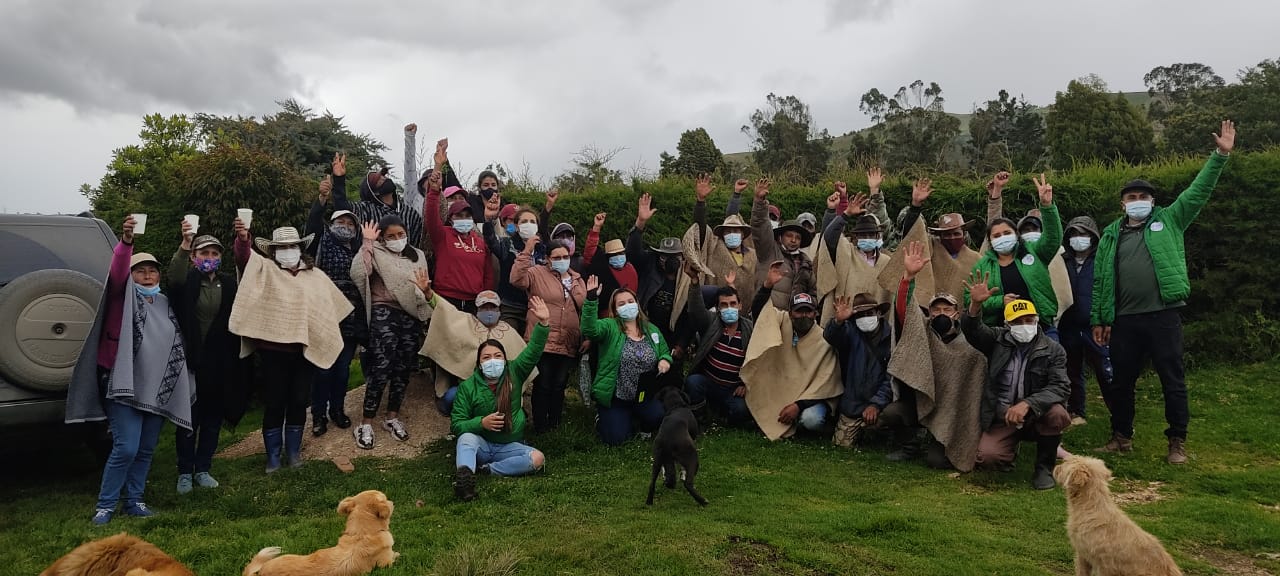History _of_Sugar
-
Taga, Palauli, Samoa
Notice: Array to string conversion in /var/www/php74-app/cnp1315/wp-includes/taxonomy.php on line 3646
Notice: Array to string conversion in /var/www/php74-app/cnp1315/wp-includes/category-template.php on line 1285

Frieds_of_3_March
Notice: Trying to get property 'name' of non-object in /var/www/php74-app/cnp1315/wp-content/themes/zovu/woocommerce/content-single-product.php on line 236
Sugarcane is a tropical, perennial grass that forms lateral shoots at the base to produce multiple stems, typically 3 to 4 m (10 to 13 ft) high and about 5 cm (2 in) in diameter. The stems grow into cane stalk, which when mature, constitutes around 75% of the entire plant. A mature stalk is typically composed of 11–16% fiber, 12–16% soluble sugars, 2–3% nonsugar carbohydrates, and 63–73% water. A sugarcane crop is sensitive to climate, soil type, irrigation, fertilizers, insects, disease control,
varieties, and the harvest period. The average yield of cane stalk is 60–70 tonnes per hectare (24–28 long ton/acre; 27–31 short ton/acre) per year, but this figure can vary between 30 and 180 tonnes per hectare depending on knowledge and crop management approach used in sugarcane cultivation. Sugarcane is a cash crop, but it is also used as
livestock fodder.[10] Sugarcane genome is one of the most complex plant genomes known, mostly due to interspecific hybridization and polyploidization
Boiling houses in the 17th through 19th centuries converted sugarcane juice into raw sugar. These houses were attached to sugar plantations in the Western colonies. Slaves often ran the boiling process under very poor conditions. Rectangular boxes of brick or stone served as furnaces, with an opening at the bottom to stoke the fire and remove ashes. At the top of each
furnace were up to seven copper kettles or boilers, each one smaller and hotter than the previous one. The cane juice began in the largest kettle. The juice was then heated and lime added to remove impurities. The juice was skimmed and then
channeled to successively smaller kettles. The last kettle, the “teache”, was where the cane juice became syrup. The next step was a cooling trough, where the sugar crystals hardened around a sticky core of molasses. This raw sugar was then shoveled from the cooling trough into hogsheads (wooden barrels), and from there into the curing house.
Black-and-white photograph of sugarcane sta
Key objective
aaaaaaaaaaaaaaaaaaaaaa aaaaaaaaaaaaaaaaaaaa aaaaaaaaaaaaaaaaaaaaaa aaaaaaaaaaaaaaaaaaaa aaaaaaa aaaaaaaaaaaaaaaaaaaaaaaaaaaaa aaaaaaaaaaaaaaaaaaaaaaaaaaaaaaaaaaaaaa aaaaaaaa

Comments